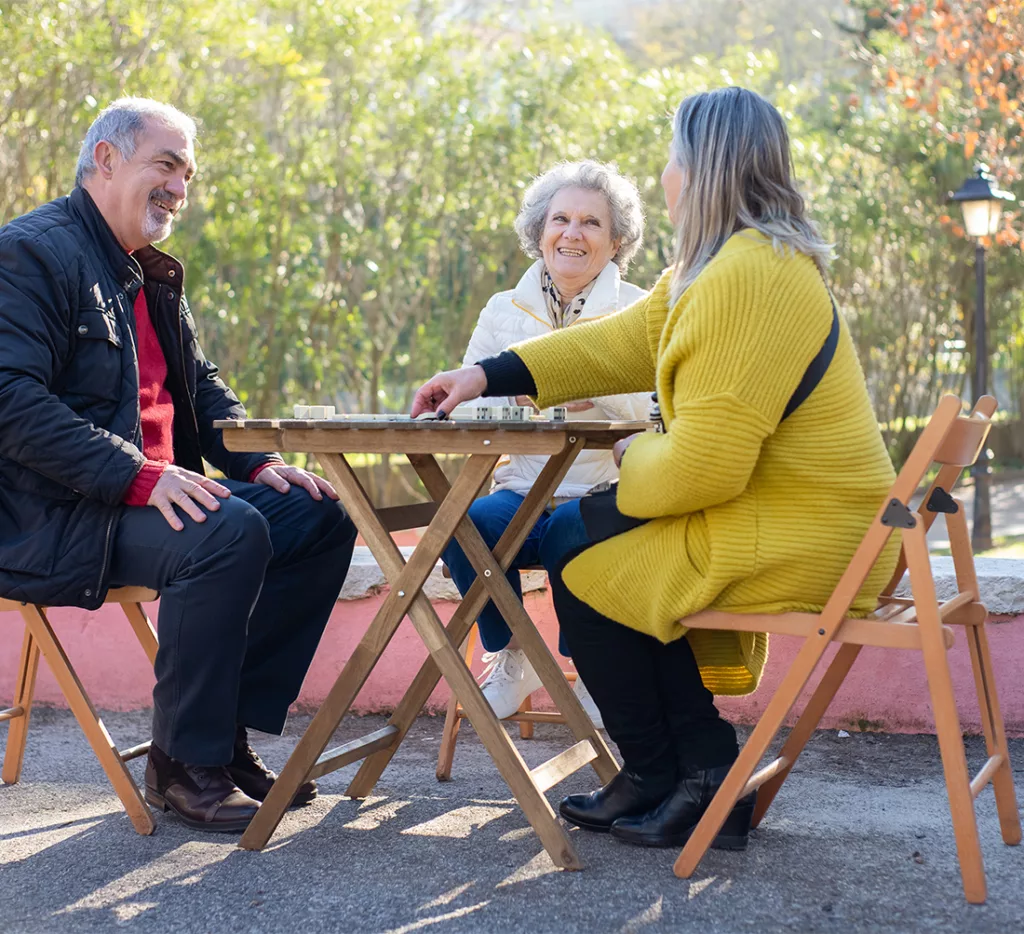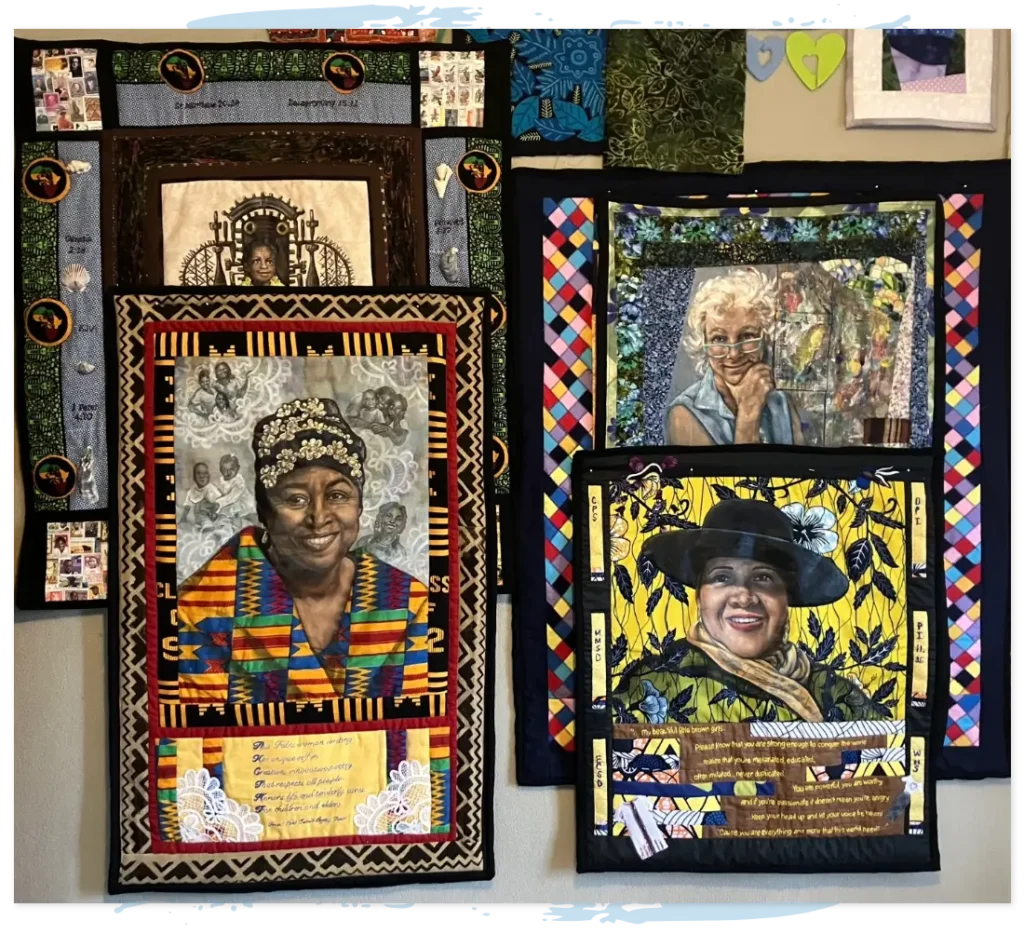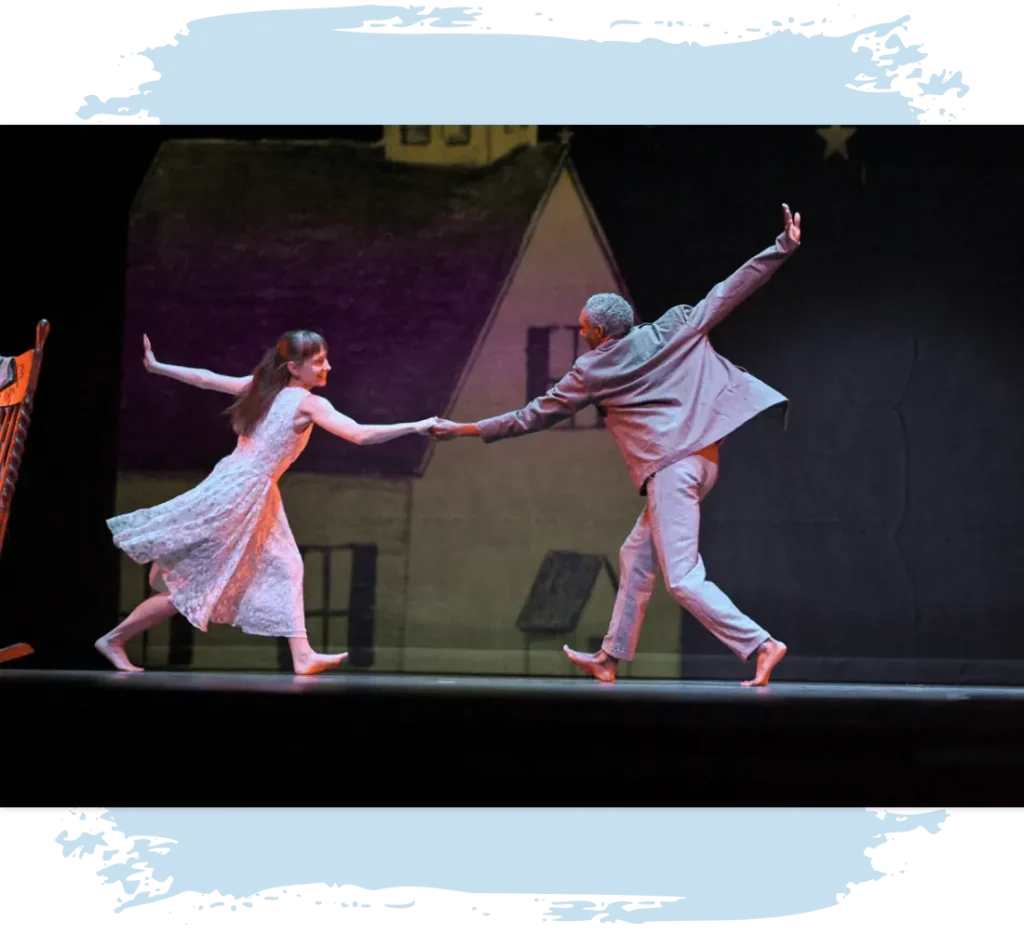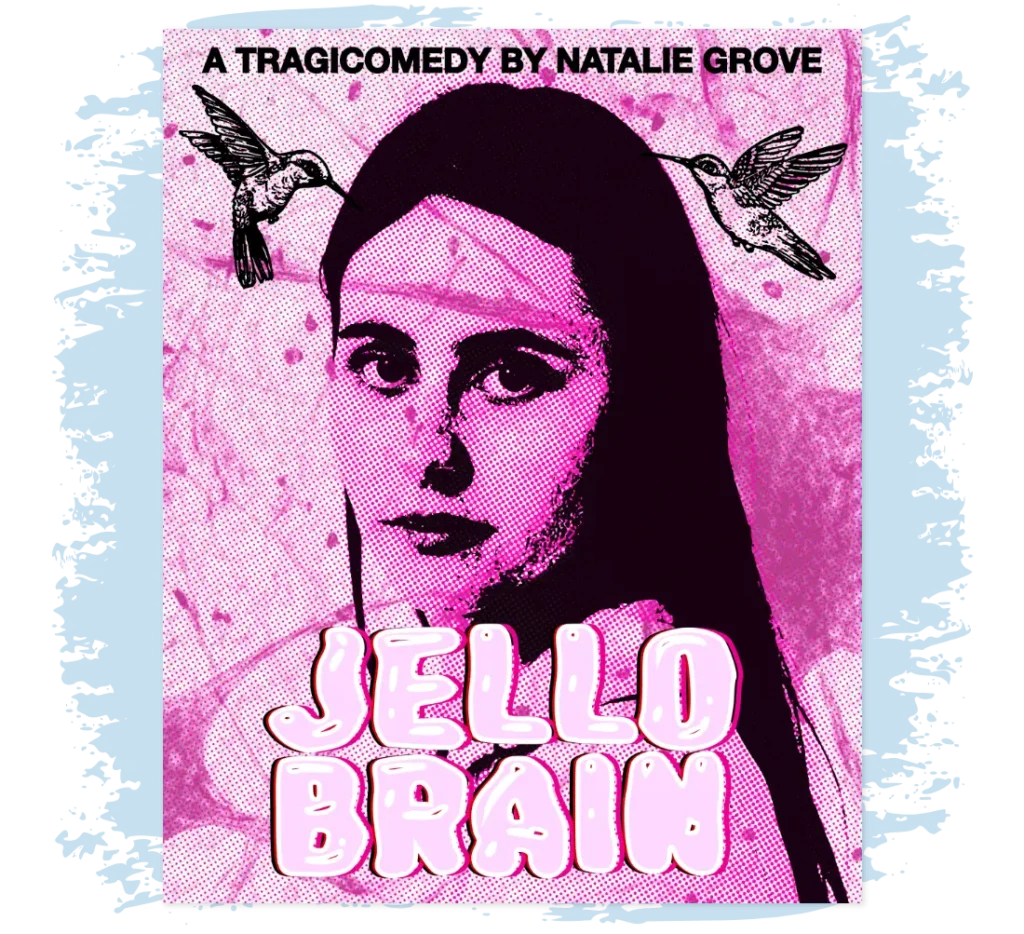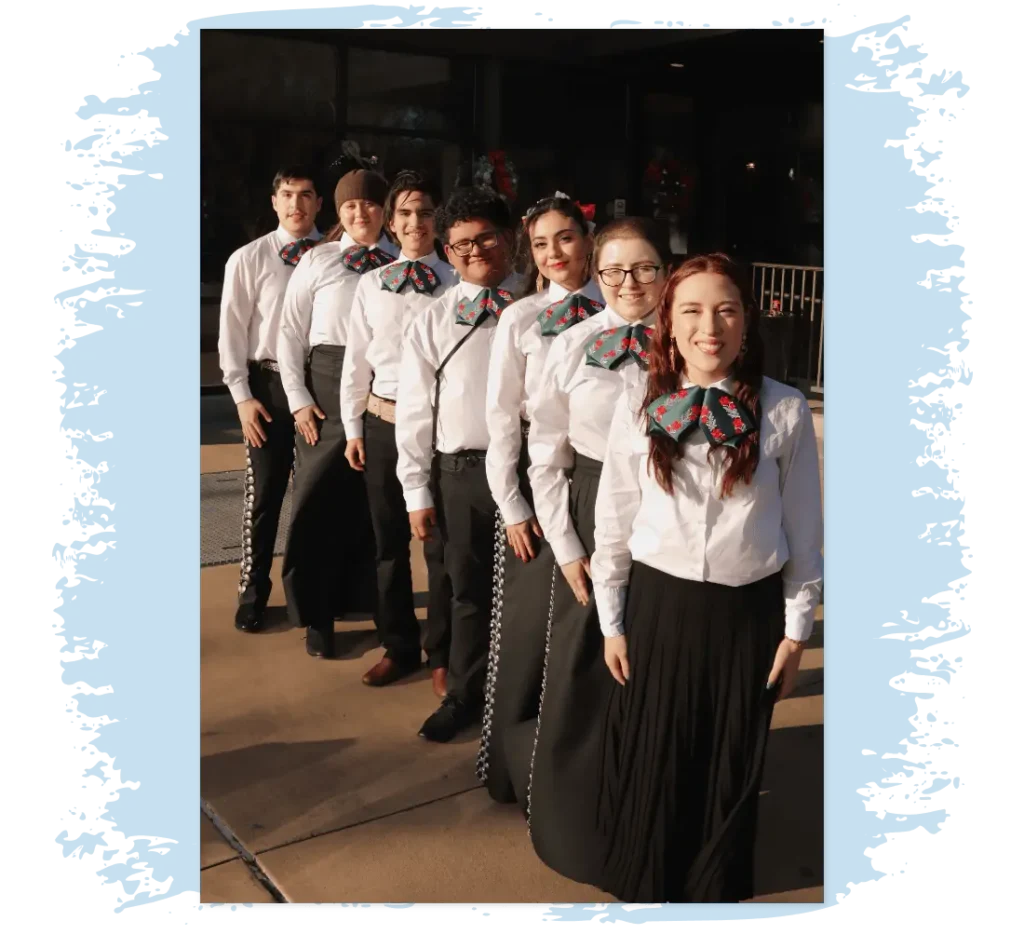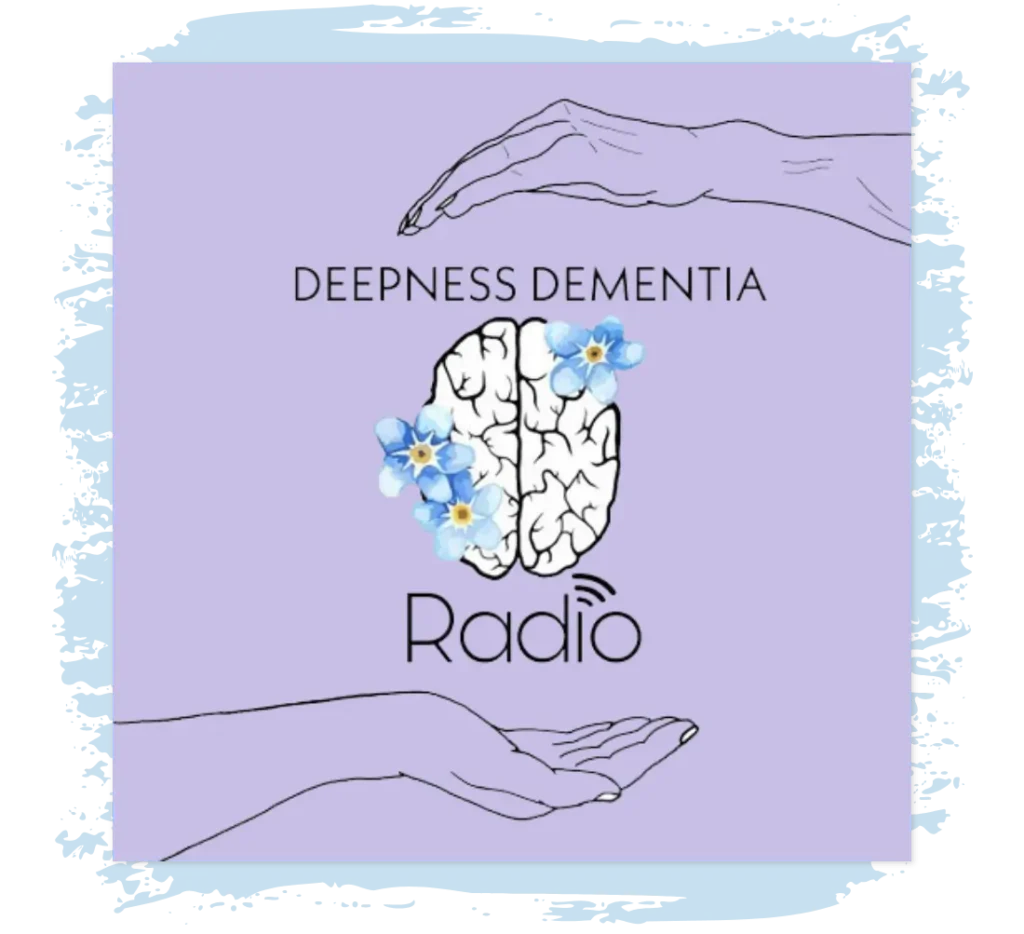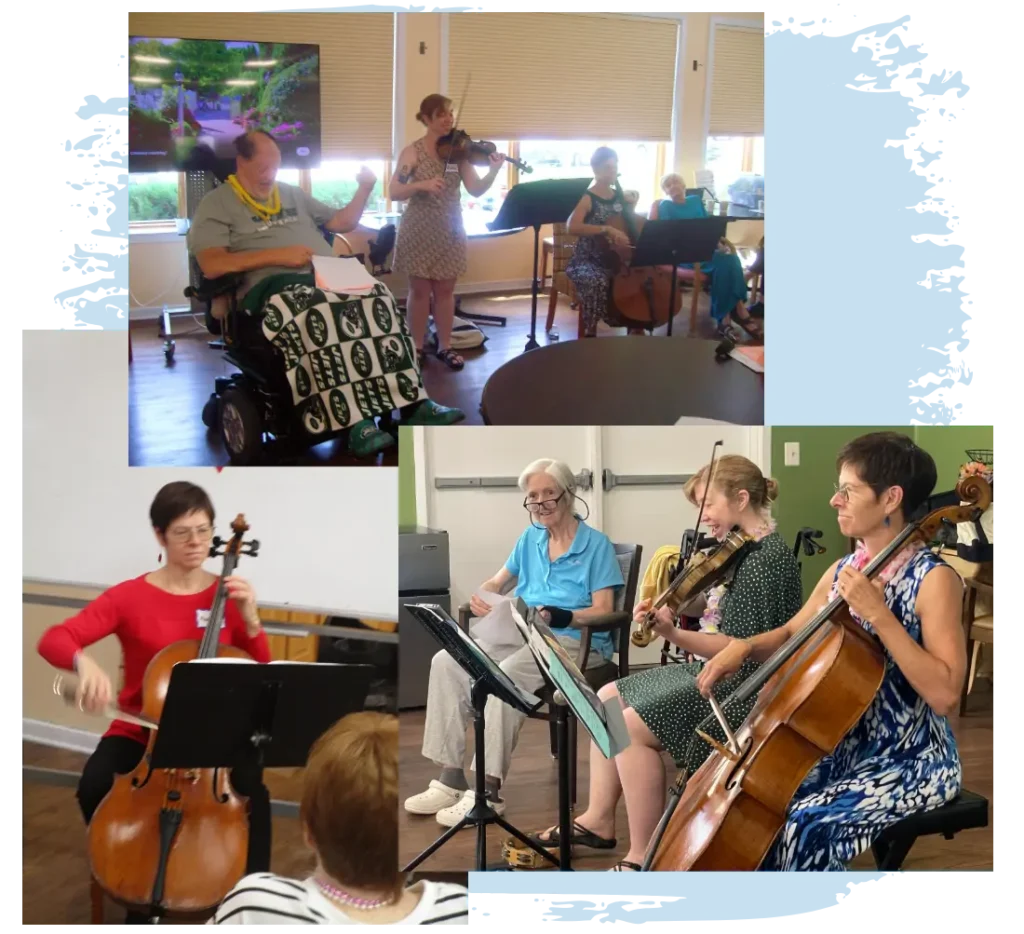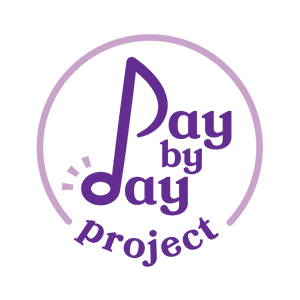What do the areas of Hogeweyk, The Netherlands; Dax, France; Bangalore, India; and Rome, Italy, have in common?
Each one is the location of a ‘dementia-friendly villages’ where people living with dementia have autonomy and can move around freely, with medical providers mingling among them and addressing needs as they arise. Sounds brilliant, right?
With its inception in Hogeweyk, the dementia village (also known as the Hogeweyk Care Model) is funded by The Netherlands and serves about 200 residents in the community outside of Amsterdam. It was profiled in the New York Times.
Another example: The Village Landais, in Dax, France, seeks to adapt to those with neurocognitive issues who cannot adapt to society as it is now, according to a New Yorker article. It is situated in 16 houses clustered into neighborhoods; each includes staff members trained in home care, occupational therapy, and gerontology. The living spaces are designed to meet the needs of those living with dementia, for example hallways that are circles to avoid confusion and foldable mirrors on the wall in the bathrooms.
Cinemas, grocery stores, shops, and other facilities are peppered throughout the communities of these dementia villages, allowing residents to decide how to spend their days, and providing for the needs of socialization and physical interaction. This leads to positive benefits—social, psychological, and physical benefits—for individuals who are living with dementia.
In the United States
As for the United States, a report from Asbury Park Press describes the approval of such a dementia care village, known as The Enclave, for approval in New Jersey. Plans call for construction by the United Methodist Communities on land known as the William Potter Homestead. The village is modeled after the one in Hogeweyk.
“It is not a challenge, actually, to create something like this,” said Hogeweyk founder Janette Spiering in this New York Times article. “The more challenging thing is to create a society where people are really included, whatever label or diagnosis they have.”
Handing over the keys
In honor of Caregiver Appreciation Month, Dementia Spring asked folks what they would want to see in a dementia-friendly community, here were some of their ideas:
- “Create a network so I visit your mom and you visit mine…”
- “A health care system that supports both patients and caregivers. A society that educates everyone on diseases and end of life so that there aren’t stigmas attached to these normal stages we will all go through.”
- Easy access to experts, seasoned caregivers, and professionals.
- Make it easily accessible.
What would you add to that list? Drop your thoughts into the comments below…

